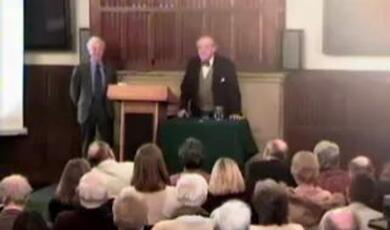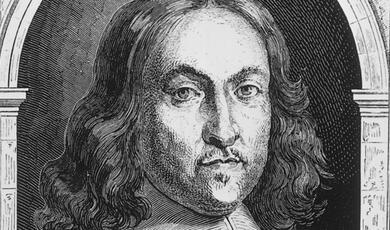Arise, Sir Isaac! Newton’s London career
Share
- Details
- Text
- Audio
- Downloads
- Extra Reading
During the last thirty years of his life, Isaac Newton lived in London, where as head of the Royal Mint he moved in wealthy aristocratic circles, exerted substantial political influence, and profited financially from imperial trade and exploitation. To illustrate these themes, this lecture examines an oil painting by William Hogarth illustrating a children’s performance of John Dryden’s play The Indian Emperour, a dramatized version of the tussle for power between Hernando Cortez and Montezuma.
This lecture is held in conjunction with the Science Museum’s Science City 1550-1800: The Linbury Gallery as part of its Science Museum Lates. N.B. 7pm start
Download Text
This event was on Wed, 26 Feb 2020
Support Gresham
Gresham College has offered an outstanding education to the public free of charge for over 400 years. Today, Gresham College plays an important role in fostering a love of learning and a greater understanding of ourselves and the world around us. Your donation will help to widen our reach and to broaden our audience, allowing more people to benefit from a high-quality education from some of the brightest minds.


 Login
Login







